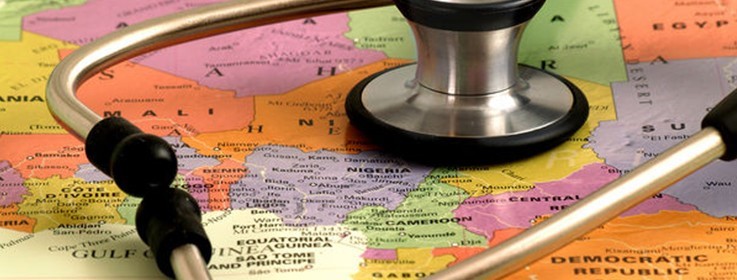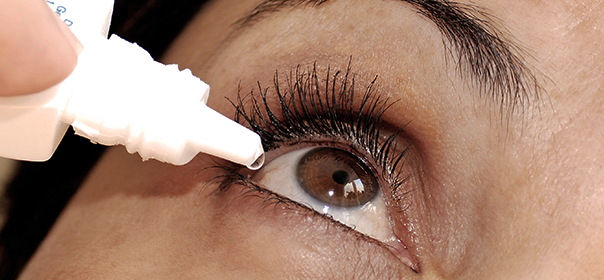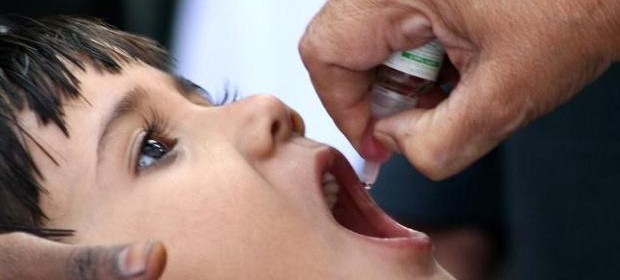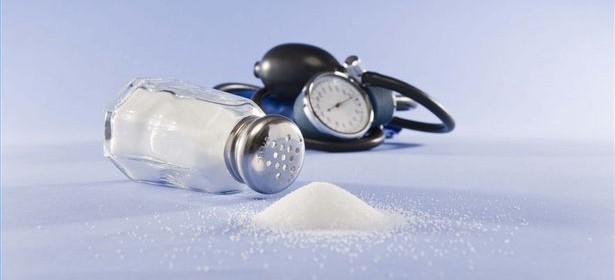Travel Health Tips

People who travel overseas have up to a 50 per cent chance of suffering a travel-related illness. While most travel-related illness is minor, some very serious infectious diseases are endemic in some parts of the world. All travellers should be prepared for travel and be aware of health issues and measures to protect themselves from sickness.
Prepare for travel
There are many things you can do to prepare for a healthy holiday, including:
- Have a medical check-up. Make sure you are healthy before you travel.
- Update your vaccinations and ask about other immunisations.
- Pack a medical kit for yourself and any children travelling with you. Make sure you pack enough of any medications you need, or take a prescription.
- Organise travel insurance, including cover if you need to be evacuated to a suitable hospital.
- Have a dental check-up.
- Have a vision check and pack a spare pair of glasses.
Travel vaccinations
You may want to arrange vaccinations or medications to protect against diseases such as hepatitis, typhoid or malaria. In fact, some countries legally require travellers to have certain vaccinations, such as yellow fever. As you will need to have some vaccinations weeks or months before travel, it is best to see your doctor six to eight weeks before you go. However, if you have to travel at short notice, you can still have some vaccines.
Your doctor will be able to advise which vaccines are suitable for you depending on:
- Your medical history and age
- Your destination and likely accommodation
- The season in which you are travelling
- The length of stay
- The type of travel, for example, bus tour or backpacking.
Tips for older travellers
For older people, the risk of death or serious illness while travelling is the same, or even less, than staying at home.
However, planning is important, and before travelling, older travellers should consider:
- See your doctor for a check-up and discuss your fitness for the trip you are planning.
- See your dentist and optometrist.
- Pack a spare pair of glasses, any medications you need and a small medical kit.
- Organise travel health insurance with pre-existing illness cover if needed. Make sure it covers emergency evacuation.
- Make sure routine immunisations are up to date and get vaccinated against influenza and pneumonia.
- Consider your back and joints – use luggage with built-in wheels.
- Take clothes and hats to suit the climate.
- If you are concerned about your health or the health of someone you are travelling with, consider taking an organised holiday.
Tips for travellers with a disability
Travellers with a disability will need to make sure in advance that their needs can be accommodated while travelling and should consider:
- Making arrangements for wheelchairs, guide dogs and seating needs well in advance
- Finding out about the medical facilities in the areas you will be visiting
- Getting a letter from your doctor detailing your medical requirements or conditions
- Carrying a medical alert bracelet or pendant for specific conditions.
Eating and drinking while travelling
The most common travel-related illnesses are gastrointestinal diseases usually picked up from poorly prepared foods or untreated water. To avoid diarrhoea, stomach pains, nausea and vomiting associated with these illnesses:
- Use boiled or bottled water, or water purifiers or tablets.
- Avoid ice in drinks.
- Avoid unpasteurised milk and dairy products.
- Avoid fruit and vegetables that have been washed in the local water.
- Eat thick-skinned fruit and vegetables that you can peel yourself, such as bananas, oranges and mandarins.
- Make sure food is cooked thoroughly and eat it while it’s hot.
- Avoid shellfish.
- Don’t buy food from street stalls – hotels and busy restaurants are safest.
- Take care with personal hygiene.
Avoid insect bites when travelling
Some serious infectious diseases such as malaria, yellow fever and dengue fever, are transmitted by insect bites. While there are vaccines and drugs available to help protect against some of these diseases, travellers are advised to always protect against mosquito bites.
Some tips include:
- Wear mosquito repellent that contains at least 30 per cent DEET.
- Stay indoors between dusk and dawn. The mosquitoes carrying the malaria parasite generally feed at this time.
- Apply repellent, such as permethrin, to your clothes and bedding.
- Wear socks, long pants, and long-sleeve shirts when outdoors.
- Use a bed net.
- Stay in air-conditioned, screened accommodation.









